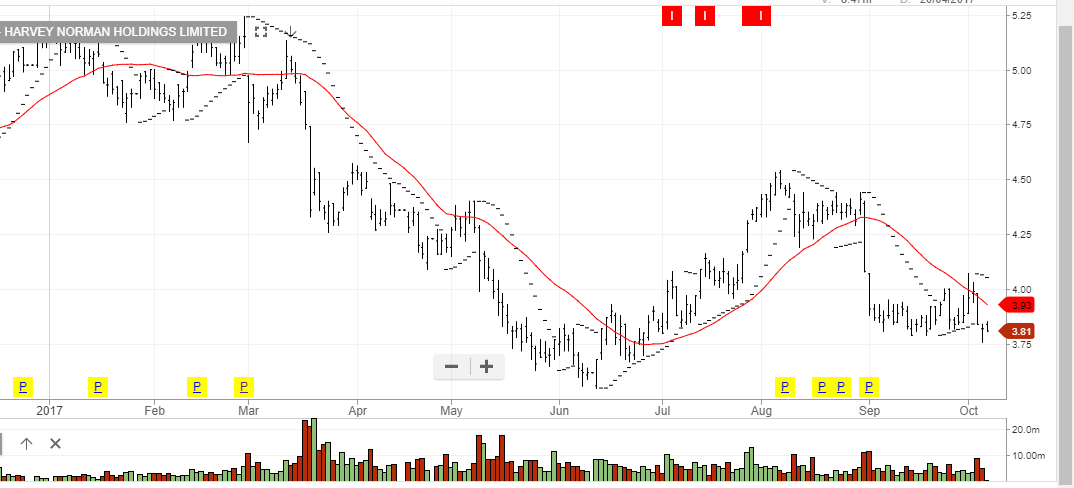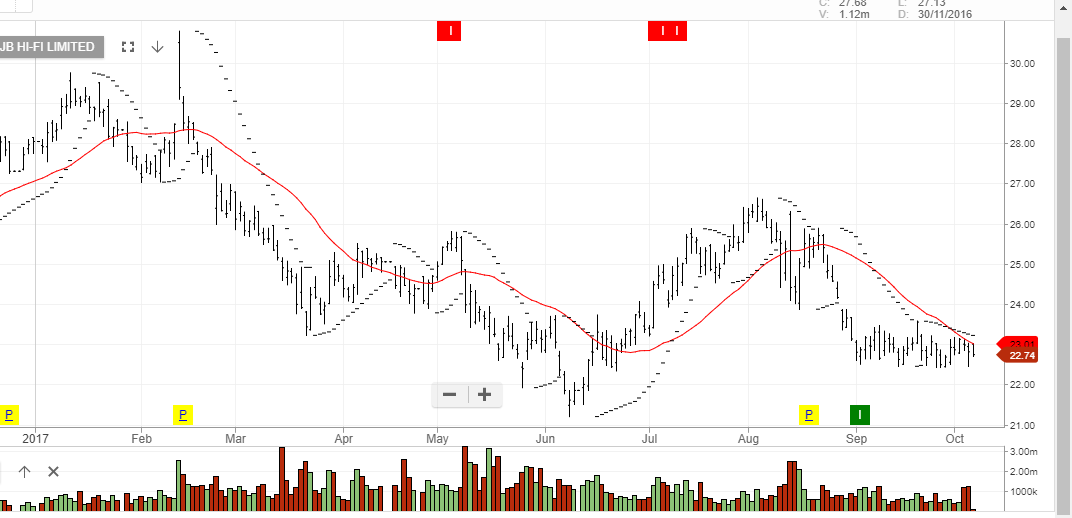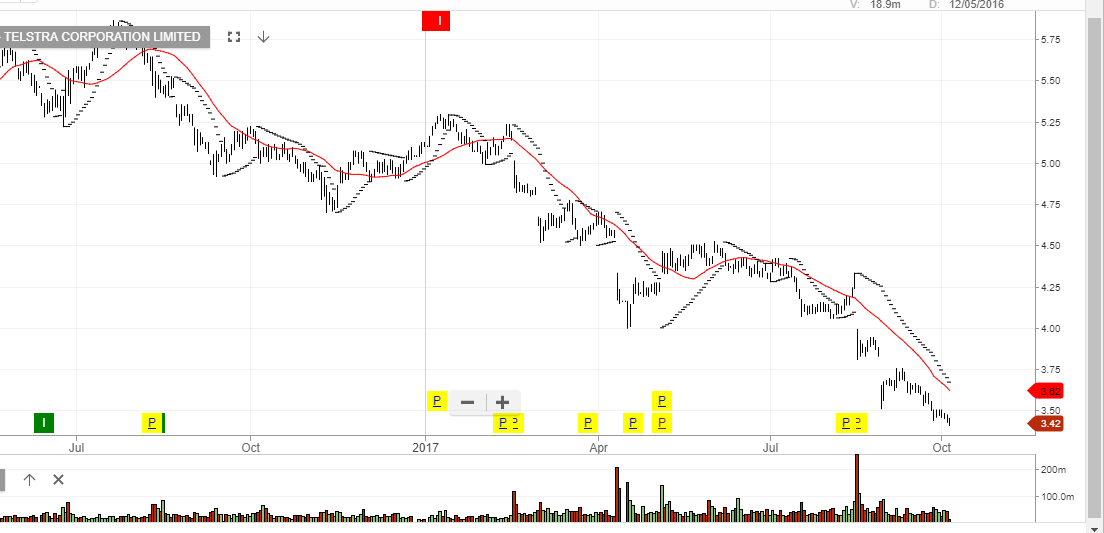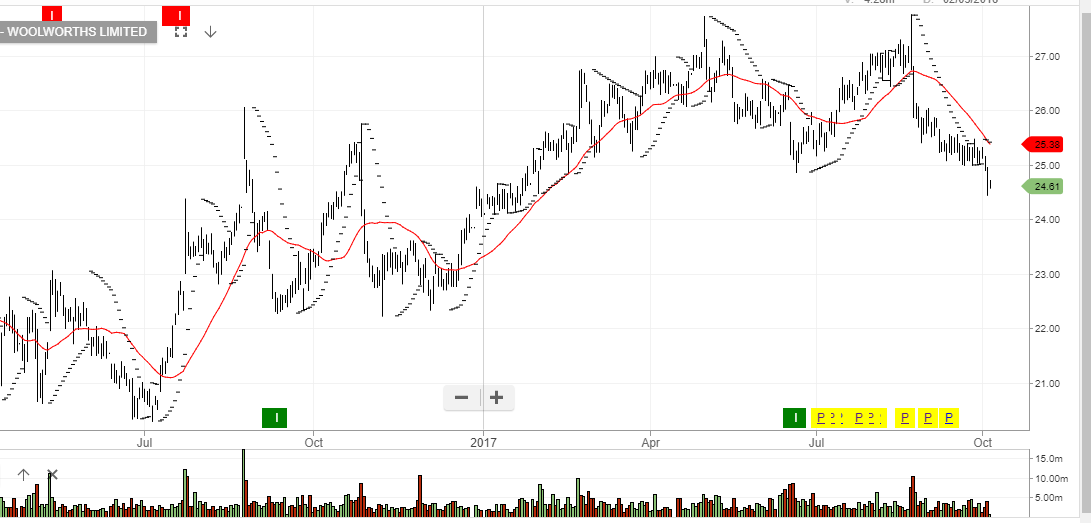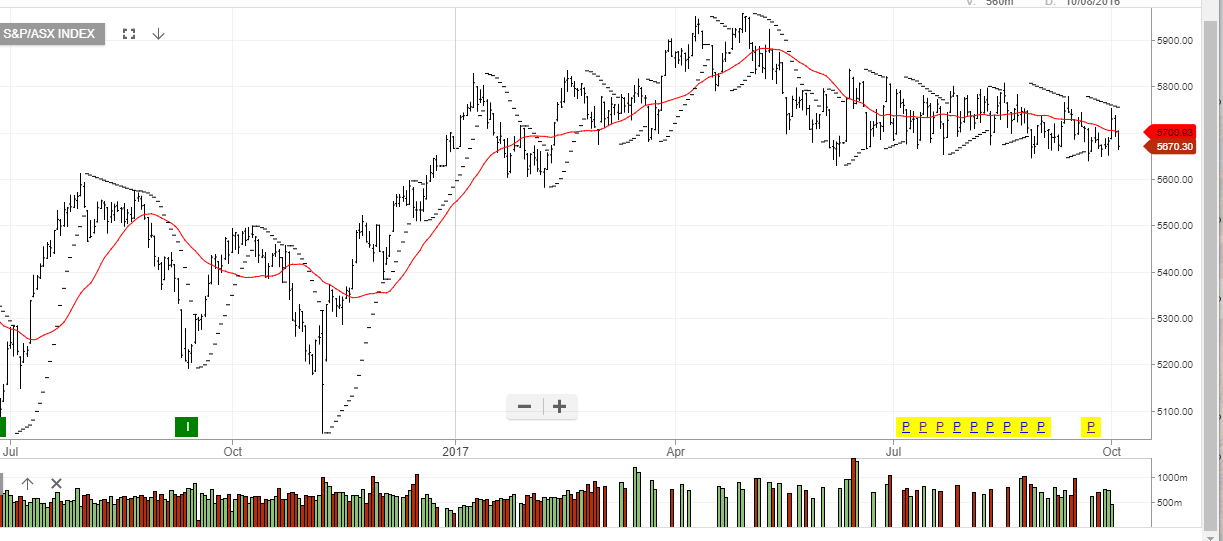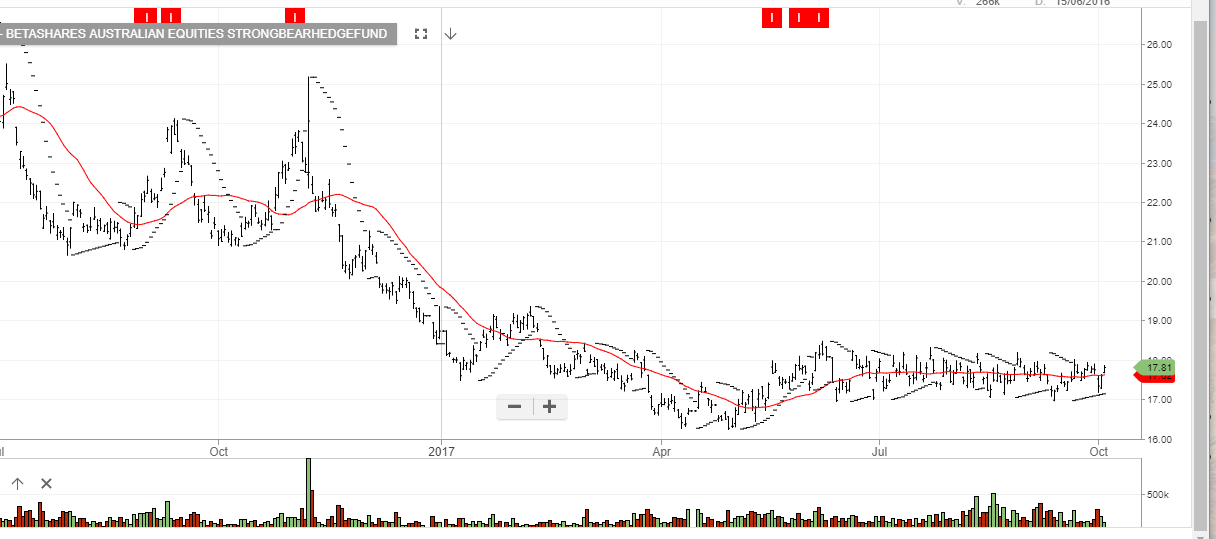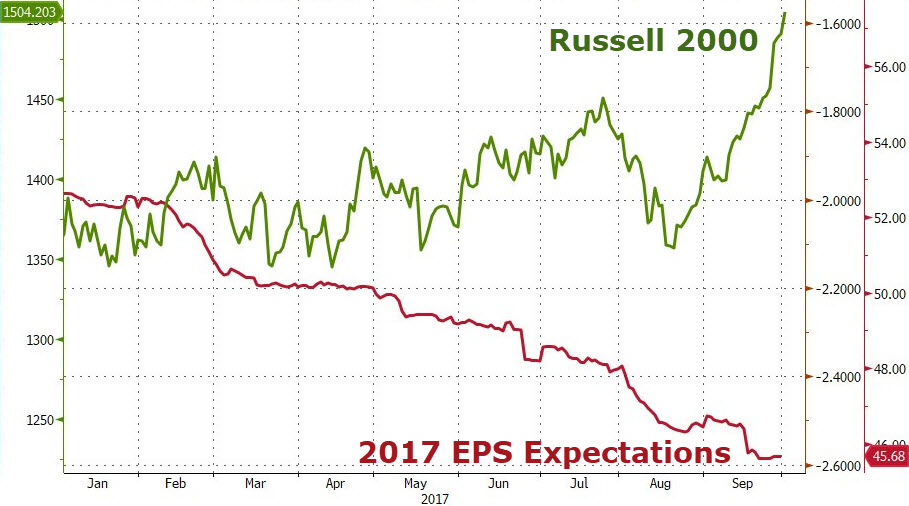Ansell Gets A Boost From The Lower Aussie
Since posting an intra-day low of $20.30 on August 15th, shares of Ansell have traded 12% higher to reach $22.81 in early ASX trade today.
The August low coincided with their FY17 earnings report. Part of that report focused on the level of earnings based in USD and how an stronger AUD could dampen results.
The AUD/USD has now dropped over 5% since trading at .8125 on September 8th. As a result, ANN shares have pushed higher.
We currently see ANN trading at 18X earnings and estimate FY18 EPS around USD .95 cents.
As such, we consider ANN a good buy/write strategy up to $23.50 to increase cash flow and enhance portfolio returns.
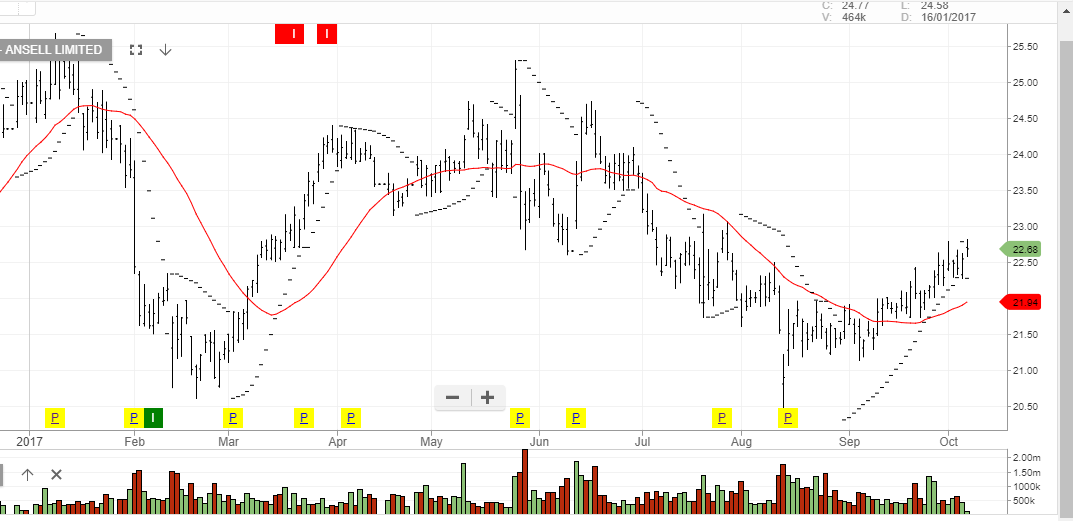
Ansell
